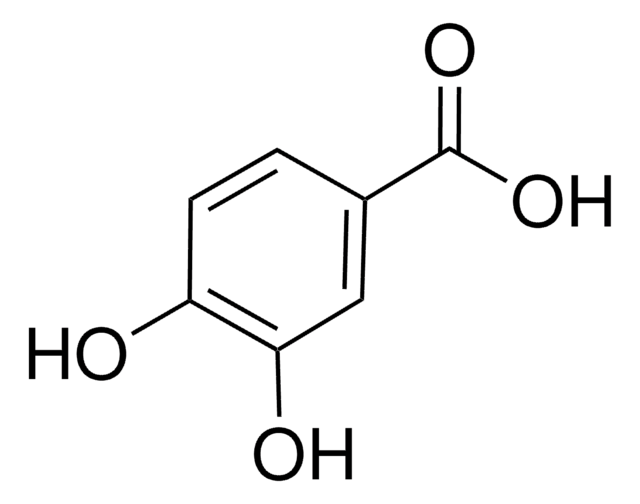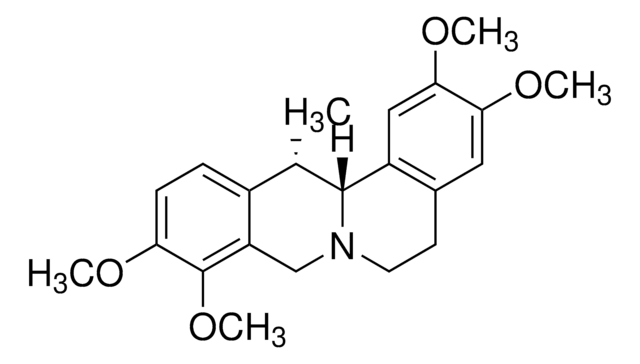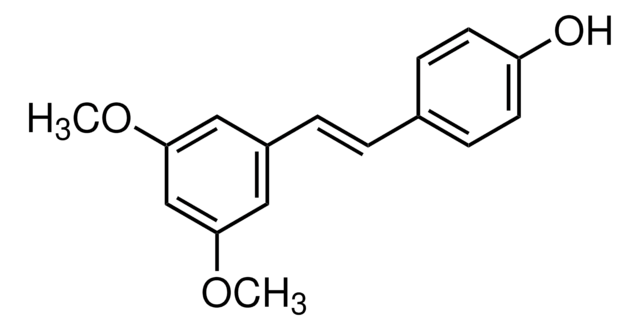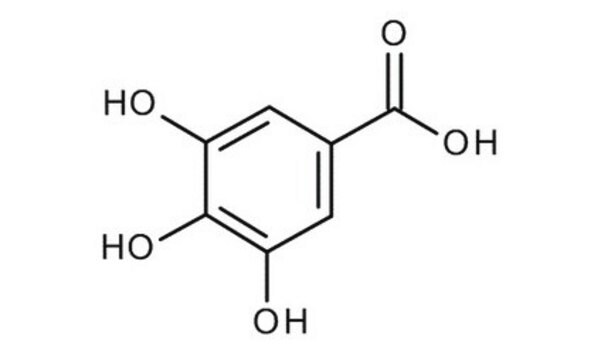PHL89766
Protocatechuic acid
phyproof® Reference Substance
Synonym(s):
3,4-Dihydroxybenzoic acid, Protocatechuic acid
About This Item
Recommended Products
grade
primary reference standard
product line
phyproof® Reference Substance
assay
≥98.0% (HPLC)
form
solid
manufacturer/tradename
PhytoLab
mp
197-200 °C (dec.) (lit.)
SMILES string
OC(=O)c1ccc(O)c(O)c1
InChI
1S/C7H6O4/c8-5-2-1-4(7(10)11)3-6(5)9/h1-3,8-9H,(H,10,11)
Inchi Key
YQUVCSBJEUQKSH-UHFFFAOYSA-N
Looking for similar products? Visit Product Comparison Guide
Related Categories
General description
Biochem/physiol Actions
Other Notes
Legal Information
signalword
Warning
hcodes
Hazard Classifications
Eye Irrit. 2 - Skin Irrit. 2 - STOT SE 3
target_organs
Respiratory system
Storage Class
13 - Non Combustible Solids
wgk_germany
WGK 3
flash_point_f
Not applicable
flash_point_c
Not applicable
Choose from one of the most recent versions:
Already Own This Product?
Find documentation for the products that you have recently purchased in the Document Library.
Customers Also Viewed
Our team of scientists has experience in all areas of research including Life Science, Material Science, Chemical Synthesis, Chromatography, Analytical and many others.
Contact Technical Service










